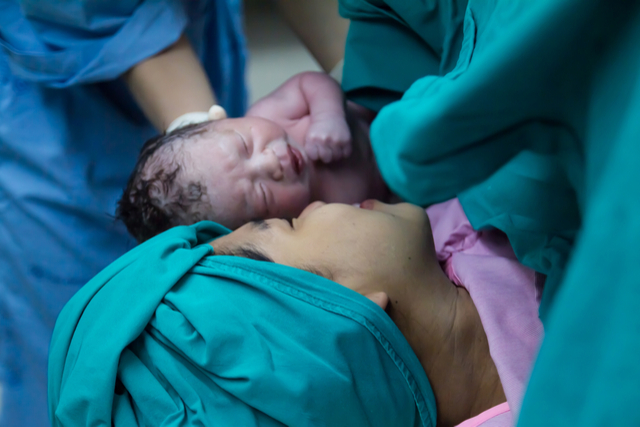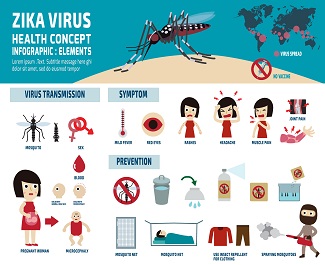What is Caesarean?
A caesarean, or a C-section, is delivering a baby through a surgical incision in the mother’s abdomen and uterus. A caesarean is usually done when the mother has a serious medical condition or there are pregnancy complications that might jeopardise the mother and baby’s life. A caesarean may be planned or unforeseen.
A caesarean is usually done after 39 weeks to ensure that the baby is mature enough. A pre-term caesarean will only be done under special circumstances when deemed necessary by the doctor.
When do I need a Caesarean?
A C-section is necessary in the following situations:
- Baby is in the wrong position
- When you have a large baby and a small pelvis
- You are expecting twins or multiple children.
- You have a serious medical condition.
- You have uterine fibroids that are blocking your birth canal.
- You have placenta previa, a condition whereby the placenta is so low that it blocks the cervix.
- Your baby has a known abnormality that may make vaginal delivery difficult.
- You have had other C-sections before this and suffer from the risk of your uterus rupturing during a vaginal birth.
- You are HIV-positive.
- Other pregnancy complications that threaten the mother and/or child’s life
During the process of vaginal delivery, some problems may arise that require you to do an emergency caesarean. Some of these problems include:
- Labour is taking too long.
- The doctor detects signs of distress in the baby (e.g. increased heart rate).
- Your cervix stops dilating and the baby stops moving down the birth canal.
- A genital herpes outbreak during labour.
- Prolapsed umbilical cord: The baby’s umbilical cord slips through the cervix and cuts off oxygen to the baby.
- Placental abruption: The placenta breaks off from the uterine wall. This cuts off oxygen supply to the baby before he is born.
- You are attempting a vaginal delivery after previous caesarean and your doctor suspects that your uterus might rupture.
What happens before the Caesarean?
First, your doctor will discuss your delivery options with you and explain to you why he recommends a C section for your situation. If you agree to it, you will be asked to sign a consent form.
You will then discuss your pain relief options with your doctor. For most cases, you will be given an epidural or a spinal block, which numbs the lower part of your body but leaves you awake to witness the birth of your baby. Only in very special cases will you be given an anesthesia that leaves you completely unconscious during the surgery.
You should also discuss with your doctor if you’d like your baby to be laid on your chest once the baby is delivered.
Before the surgery commences, you may be given antacids to drink. In an event where an emergency arises, and you need to be given anesthesia, you may vomit when you are unconscious and inhale your stomach contents into the lungs. If that happens, the antacid will help to neutralize your stomach acid and prevent your stomach acid from damaging your lung tissues.
You may also be given antibiotics before your caesarean to prevent you from getting an infection after the surgery.
A catheter will be used to drain your urine from your bladder. You will also be given an IV drip for fluids and medication during the surgery.
What happens during the Caesarean?
Once your epidural/anesthesia has taken effect, your belly will be cleaned with an antiseptic wipe and the doctor will make a small incision in the area above your pelvic bone. This is also known as the “bikini cut”.
The doctor cuts through the tissues beneath the skin, and when she reaches your abdominal muscles, she will spread them apart to reveal the uterus beneath.
At the uterus, your doctor will make a horizontal cut in the lower part of it, reach in and take the baby out. He will cut the umbilical cord and hand your baby to a nurse to be examined. While your baby is being checked by the nurses, the doctor begins to stitch you up. The process of closing you up will take a longer time than opening you up. It may take 30 minutes or more.
Learn more about the disadvantages or risks with a C section.
Learn more about the advantages or benefits of a C section.
Subscribe to receive newsletter on pregnancy and parenting in Singapore.


